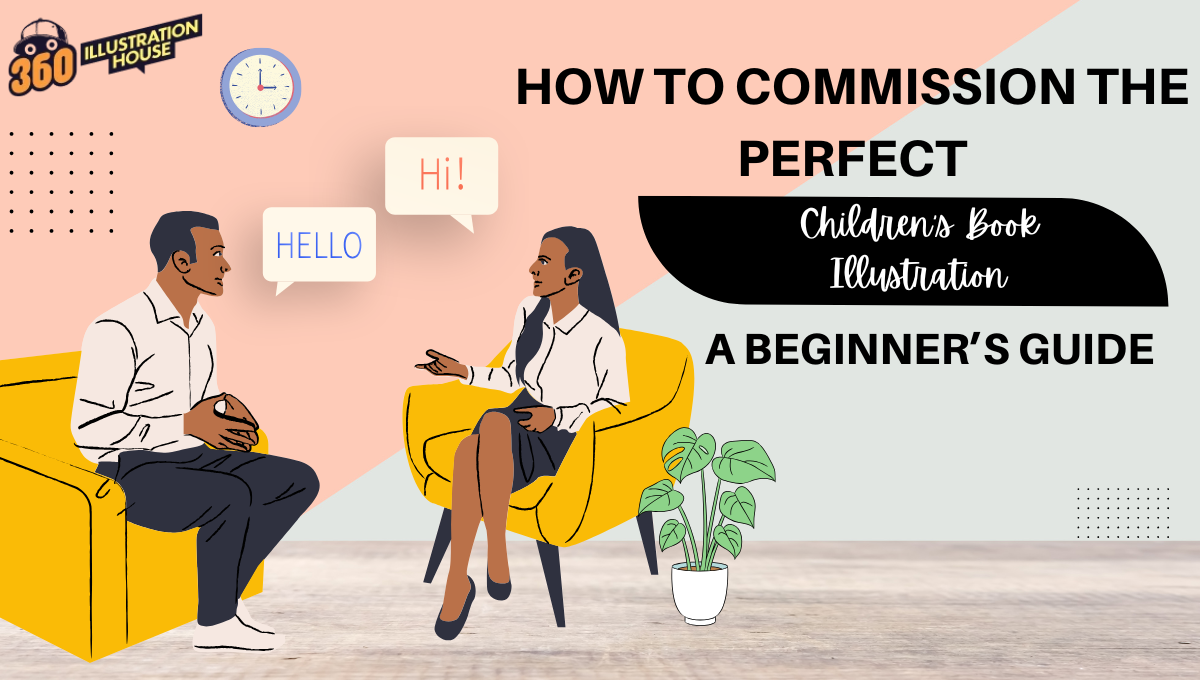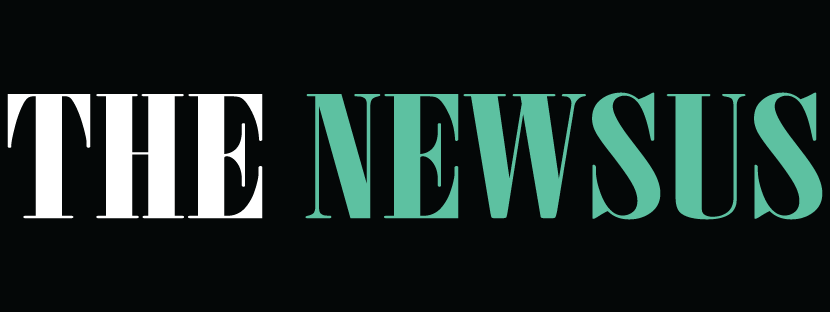How to Commission the Perfect Children’s Book Illustration —A Beginner’s Guide
Illustrating a children’s book is a tough task. Why? Because children’s books are not for a past time. Through words...

Illustrating a children’s book is a tough task. Why? Because children’s books are not for a past time. Through words and illustrations, they learn new vocabulary and learn about emotions, so there is no chance for you to mess up or go wrong.
So, if you are planning to DIY it without experience because you believe you can just “wing it”, please don’t. It can end terribly. A wise decision is to connect with a professional children’s book illustrator.
But there’s just one problem: You have no idea where to start when it comes to hiring an illustrator.
Don’t worry. You’re not alone, and you’re definitely not behind.
Commissioning a children’s book illustration isn’t just about hiring someone to draw your characters. It’s about finding a creative partner who can
- Bring your story to life visually
- Engage your young readers
- Help your book stand out in a crowded market
So, it really does not matter if you’re self-publishing or preparing a proposal for a traditional publisher; knowing how to do this right is a major task that you need to nail. Are you scared? It’s fine, it’s normal. To help you out, we have put together a step-by-step process of commissioning a perfect book illustration.
Key Takeaways
- Illustrations are essential for early childhood storytelling, helping pre-readers and young readers emotionally connect and engage with your book before they can fully comprehend text.
- Defining your book’s visual identity early on, including audience age group, tone, and style, sets a clear foundation for working effectively with illustrators.
- A detailed creative brief is critical to communicate your vision. It should include character descriptions, scene outlines, tone, and any cultural or accessibility considerations.
- Understand the full illustration process and timeline, including stages like character design, thumbnails, roughs, and final artwork. Plan for 4–12 weeks depending on complexity.
- We know that pricing matters, but please do not go for cheap illustrations. They can ruin your book and its impact.
- If you are thinking twice before spending money on illustrations, just remember that these illustrations can be the face of your branding, merchandising, and digital adaptations.
Why Children’s Book Illustration Is So Important
1. A Visual Foundation for Early Learning
For pre-readers and early readers, illustrations are often the only way they interact with the story. Through pictures and illustrations, children basically decode emotion, recognize actions, and anticipate plot.
2. Enhancing Emotional Engagement
Illustrations provide vital emotional cues, like a character’s facial expression or body language, that support comprehension and create memorable experiences. This visual storytelling can enhance vocabulary retention and empathy.
3. Industry Insight
Many publishers prioritize art quality above manuscript quality in early consideration stages. A compelling visual pitch can grab a publisher’s attention faster than polished text. We know, this is weird and sad, but that’s just how the world works.
Remember that “visibility DRIVES sales”
That’s why investing in strong illustration and design is crucial for success.
Define Your Book’s Visual Identity
Before you contact an illustrator, you need to clearly define the kind of visuals your story needs.
1. Understand Your Audience
- Board books (0–3 years): Their focus is on high-contrast, bold shapes.
- Picture books (4–7 years): Their focus is on detailed, expressive characters and dynamic scenes.
- Early readers (7–9 years): They require minimal text with spot illustrations.
A tip is to always customize your illustrations according to these stages.
2. Determine Your Illustration Style
Ask yourself:
- Is your story whimsical or realistic?
- Should the colors feel soft, bold, dreamy, or vibrant?
Use tools like Pinterest or Canva to build a mood board. Include sample book art, colors, and keywords like “magical,” “gentle,” or “playful.”
3. Draw Inspiration from Market Leaders
Review bestselling titles in your genre and analyze their visuals. What tones or characters work well? What do your ideal readers (age-specific) respond to?
Establishing a clear visual identity will also help if you’re working with professionals offering 2D art outsourcing for large projects or animated adaptations.
How to Commission the Perfect Children’s Book Illustration
1. Know What You’re Commissioning
Your illustrator isn’t putting random drawings in your book. Remember, they are turning your words and your story into visuals. So before you begin with even rough sketches, consider:
- What do your characters look like?
- How expressive do they need to be?
- What tone do your scenes require?
Understanding this helps you match the right talent to your needs. This is especially true for projects involving multiple scenes or collaboration across departments, like those offering vector and 3D art elements for interactive eBooks or merchandise.
2. Write a Creative Brief
If you have used ChatGPT, you will know that it will provide you with quality results only if you give it an informative and creative prompt.
The same logic applies to experts who create illustrations, whether it is for a children’s book or a business logo design.
Make sure you make a good, detailed brief. It should have:
- A one-paragraph book summary
- Character descriptions with age, appearance, and personality
- Scene-by-scene breakdowns (what happens and where)
- Visual tone and color preferences
- Cultural or accessibility considerations (e.g., inclusive family structures, visual disabilities, non-binary characters)
3. Understand the Process and Timeline
Most illustration projects follow these steps:
- Character Design: Basic sketches to determine appearance and expression
- Storyboard or Thumbnails: Rough layouts for each spread
- Rough Illustrations: Black-and-white scene drafts
- Final Artwork: Fully colored, formatted images for print or digital
Timeline: Expect 4–12 weeks, depending on length and complexity.
You can ask:
- How many revisions are included?
- What file formats are delivered (PSD, PNG, PDF)?
- Will you receive source files or just flattened versions?
For publishing efficiency, especially if you’re handling layout in-house or via self-publishing platforms, this clarity is key.
4. Budgeting, Contracts, and Rights
This part can be jarring. Rates are all over the place, and we can not provide you with exact prices. Here is why:
Pricing Factors
- Number of pages or illustrations
- Full color vs. black and white
- Revisions allowed
- Experience and portfolio strength
- Timeline (rush jobs = higher fees)
- Rights being granted (more on that later)
But if you still want a general price idea, head over to 360 Illustration House and check out their packages. You will find multiple experts on Google with different prices, but one thing that we want to say is “Cheaper isn’t always better.
Don’t be stingy when it comes to illustrations. Cheap or poor illustrations can completely ruin your book.
Conclusion
A strong children’s book illustration brings warmth, personality, and heart to your manuscript. It can transform your story into something unforgettable for a child. Apart from children, remember that you are also targeting parents because they are the ones who buy books for kids.
Parents will only pick those books that are visually irresistible and will keep their kids glued. So, if you have perfected your story, great!! But now it’s time to get illustrations right as well. Use our step-by-step process to commission great book illustrations that make your book stand out!
Frequently Asked Questions
1. How do I know what illustration style is right for my story?
Start by identifying your book’s tone (playful, emotional, adventurous, etc.) and target age group. Then, explore existing children’s books in your genre and build a visual mood board. This helps clarify the style that best supports your story’s message and audience.
2. Do I need to have my manuscript finished before hiring an illustrator?
Yes! While the story should be finalized, you don’t need a formatted layout. A completed manuscript ensures the illustrator understands the full arc and can design visuals according to key moments and emotions.
3. Where can I actually find children’s book illustrators?
You can search on platforms like Behance, ArtStation, Reedsy, Fiverr Pro, or Instagram using hashtags like #childrensbookillustrator. Look for portfolios that match your desired tone and age range.
4. How much creative control will I have during the illustration process?
It depends on what you agree on. Most illustrators like to work together but want a clear description of what you need and respect for their creative choices. Good communication at the start helps you stay involved while allowing the artist to do their best work.



